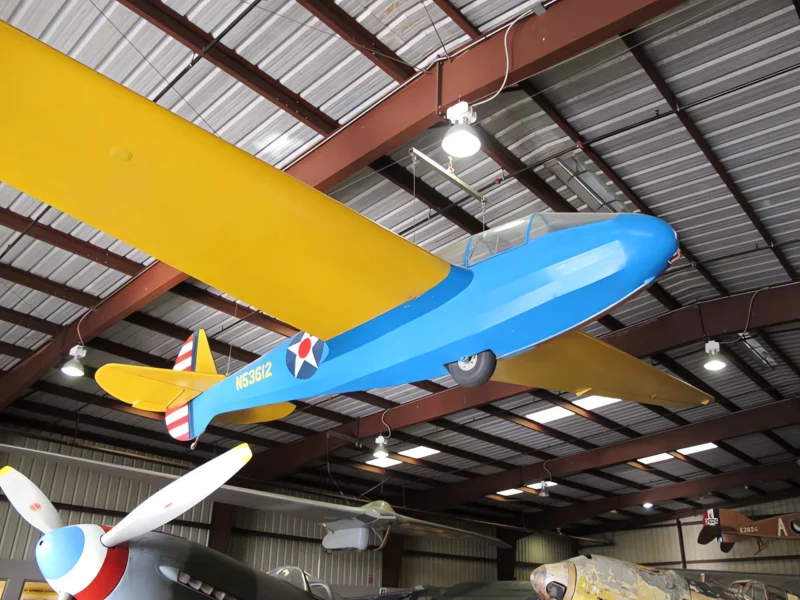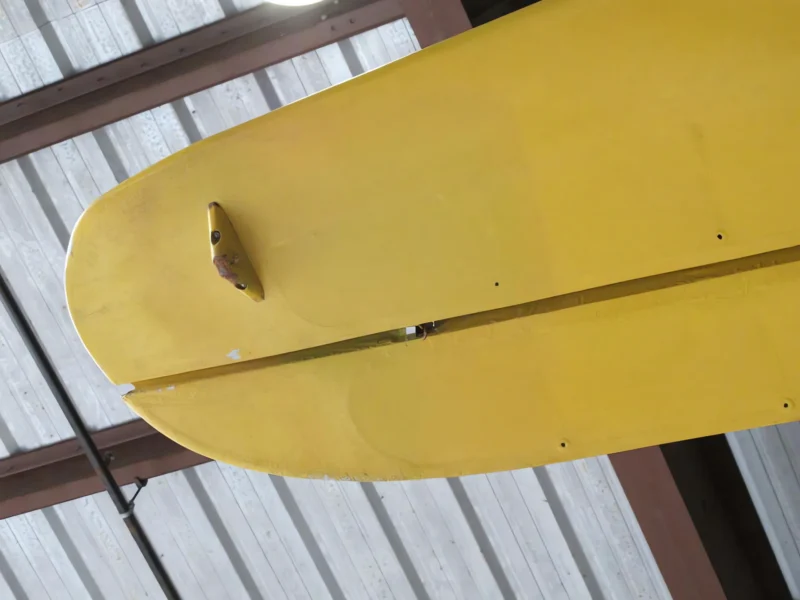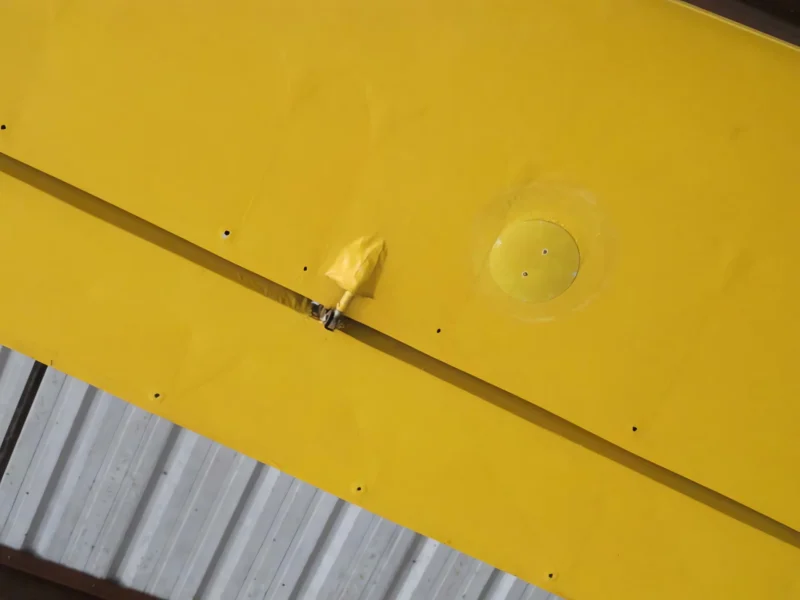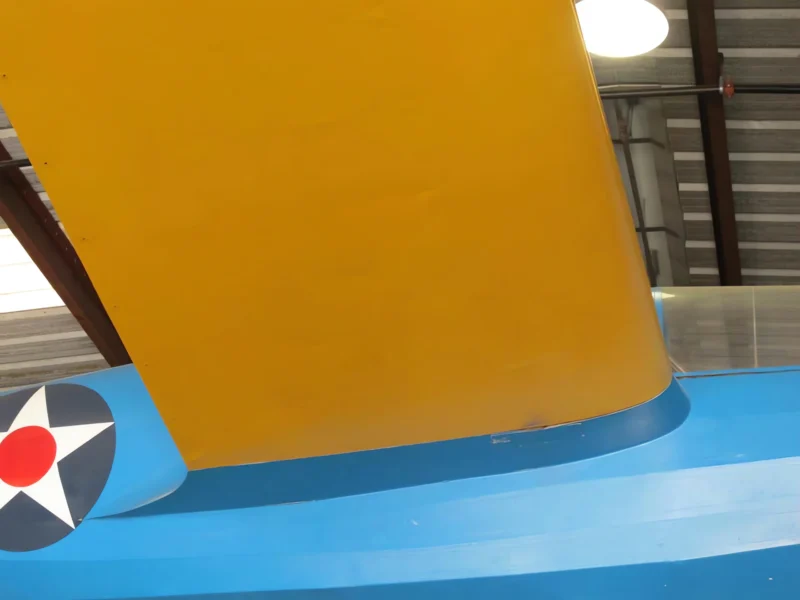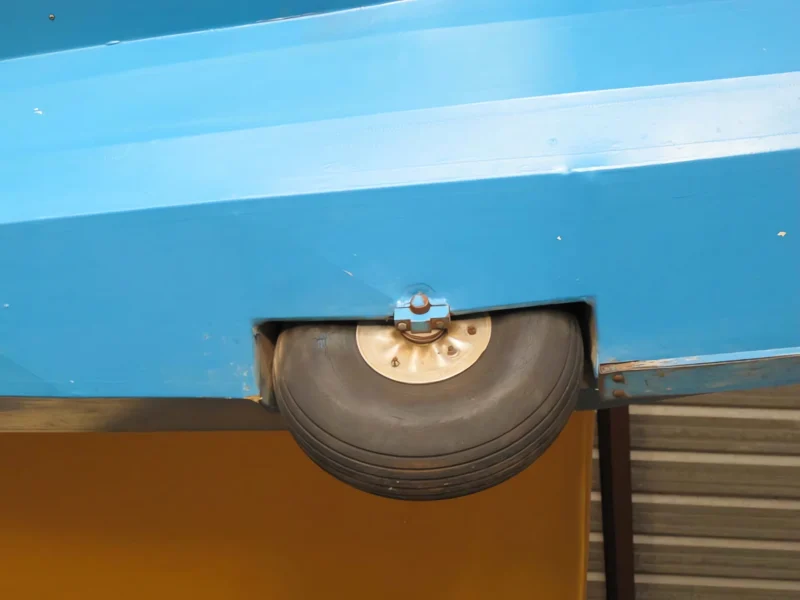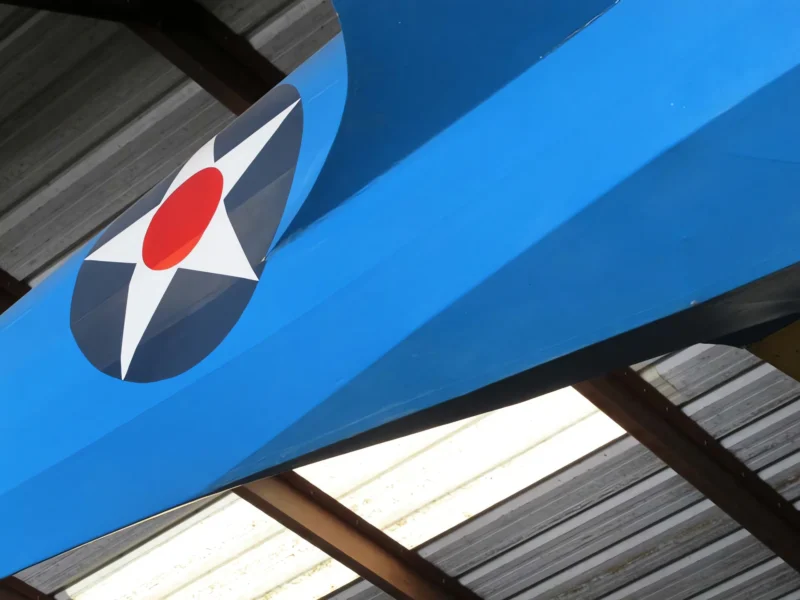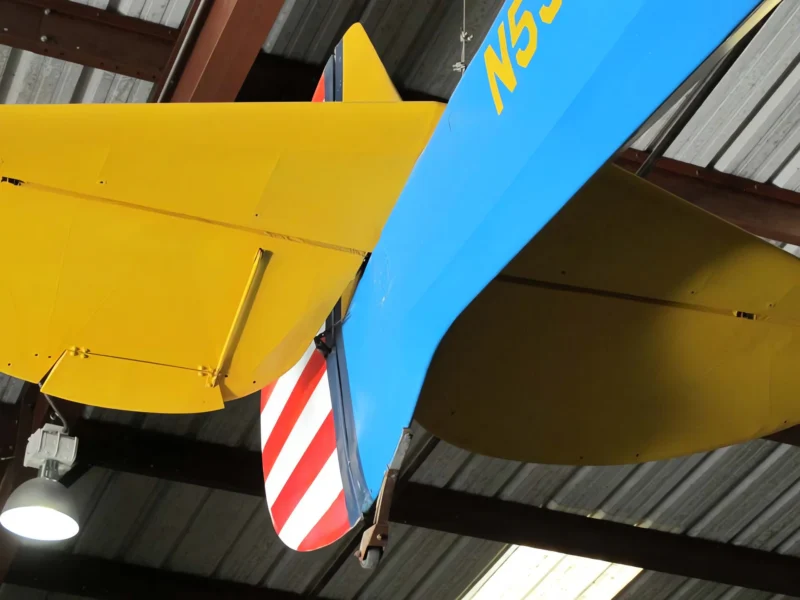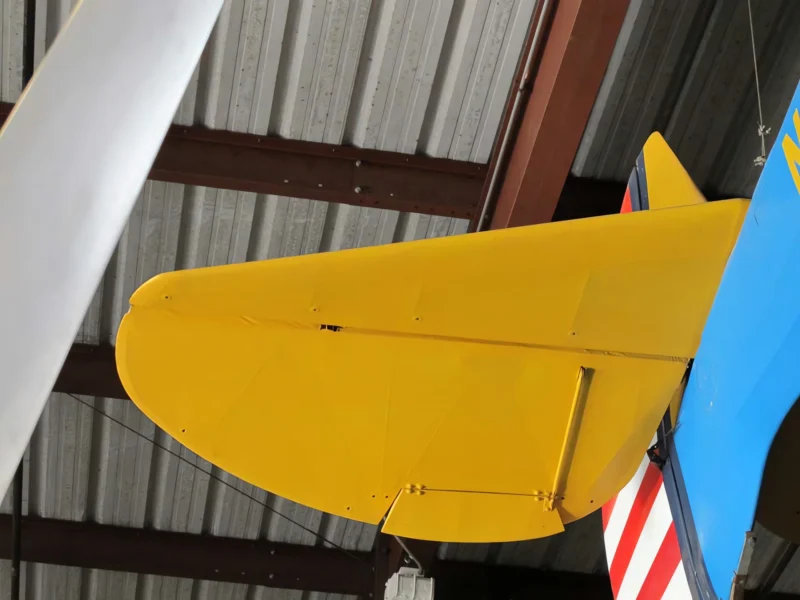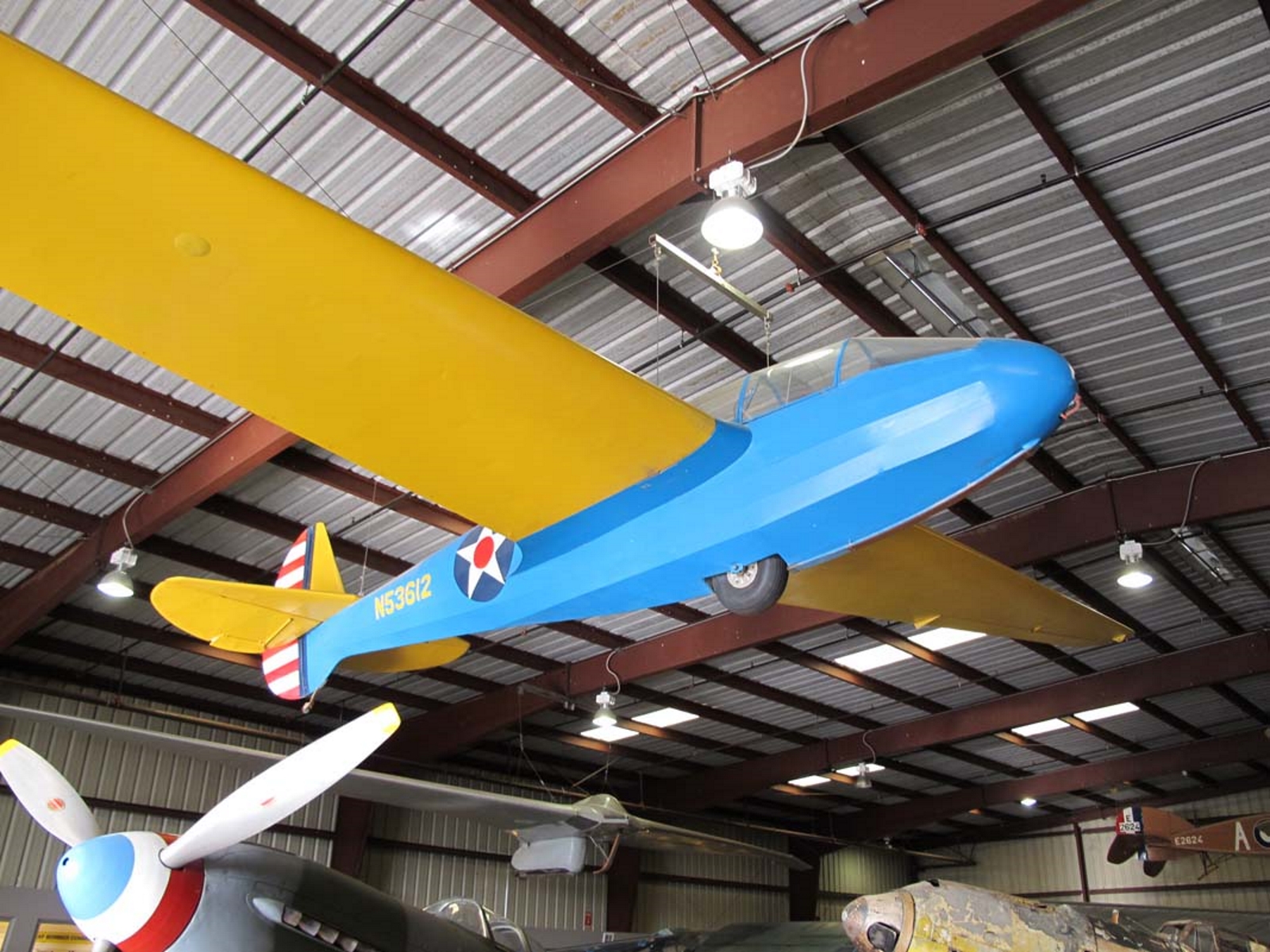
Лайстер-Кауфман TG-4 | |
|---|---|
| Страна | Сащ |
| Тип | Планер |
| Производителя | Лайстер-Кауфман |
| Варианти | Бартос/Нобел BN-1 Фантом |
1. Лайстер-Кауфман TG-4 (designated LK-10 Yankee Doodle 2 by its designer) was a sailplane produced in the United States during the Second World War for training cargo glider pilots. It was a conventional sailplane design with a fuselage of steel tube construction and wooden wings and tail, skinned all over with fabric. The pilot and instructor sat in tandem under a long canopy.
Източник: Laister-Kauffman TG-4 в Уикипедия
| Laister-Kauffman TG-4A Разходка наоколо | |
|---|---|
| Фотограф | Владимир Якубов |
| Локализация | Чино, 10000 000 000 000 000 000 |
| Снимки | 26 |
Вижте също:
1. Лайстер-Кауфман TG-4 was a two-seat training glider used by the United States Army Air Forces during World War II. It was designed by John K. Laister and Lee Kauffman and manufactured by the Laister-Kauffman Aircraft Company in St. Louis, Missouri. The TG-4 was based on the civilian LK-10 Yankee Doodle glider, which had won several soaring competitions in the late 1930s and early 1940s. The TG-4 had a high-wing configuration with a fabric-covered steel-tube fuselage and wooden wings. It had a fixed landing gear with a nose skid and a tail wheel.
1. ТГ-4 could be launched by a tow plane or a winch. The TG-4 was used to train pilots for glider operations, such as towing, landing, and cross-country flying. The TG-4 also served as a liaison and observation aircraft in some units. The TG-4 was one of the most widely used training gliders in the USAAF, with over 1,000 units produced. Some of them were also used by the United States Navy and the Royal Canadian Air Force. The TG-4 was retired from service after the war and many of them were sold to civilian owners. Some of them are still flying today as historical aircraft.
преглеждания : 1394
